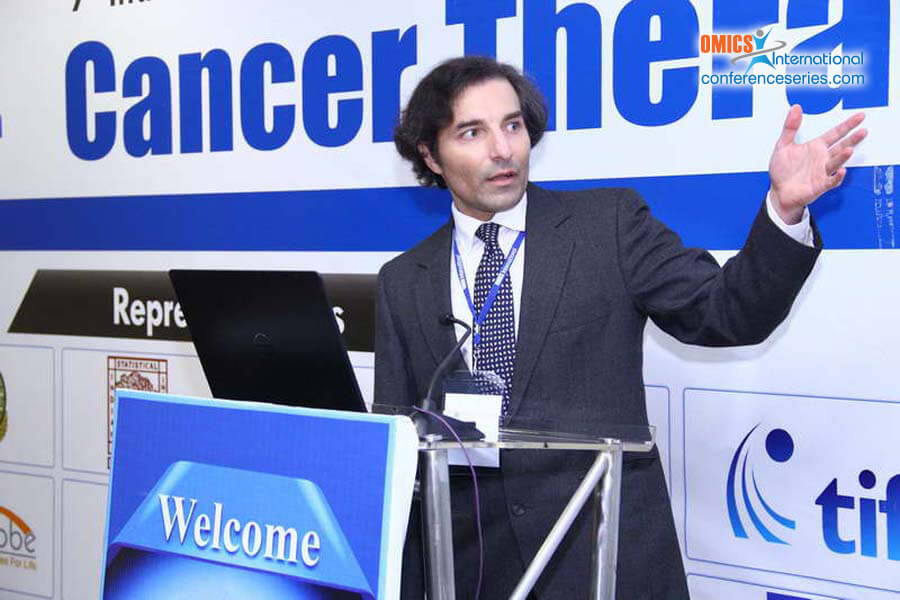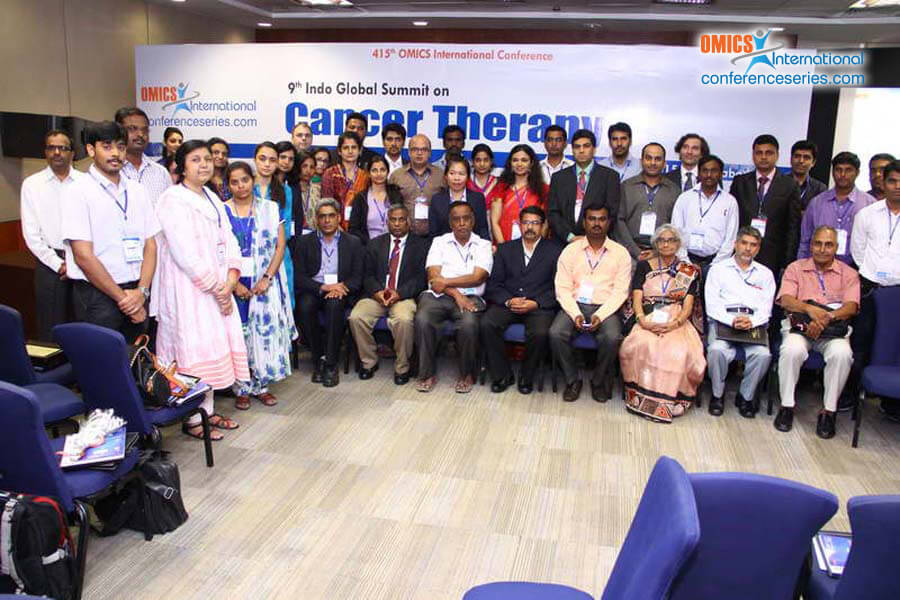
Hemant Sarin
Freelance Investigator in Translational Science and Medicine, USA
Title: Optimally-sized magnetic resonance image-able theranostic nano-particles for quantitative surrogate imaging of chemotherapy accumulation and bio-distribution in solid tumor tissue interstitia
Biography
Biography: Hemant Sarin
Abstract
Novel innovative methodologies are needed to overcome the challenge for the effective treatment of primary and metastatic solid malignancies, which has to do with the trans-vascular delivery of nano-molar (nM)-to-micro-molar (uM) concentration of a small molecule chemo-xenobiotic selectively into solid tumor tissue foci and then the persistence of the chemo-xenobiotic in the tumor milieu for several hours. It is possible to accomplish this with optimally-sized magnetic resonance image-able DTPA/DOTA chelated Gadolinium (Gd)-dendrimer nano-particles bearing covalently attached small molecule chemo-xenobiotics with labile linkages and physiologic exterior functionality, as these 8-to-9 nanometer-sized nano-particles are free from intravascular protein interactions and have prolonged plasma half-lives by being resistant to proteolytic degradation in circulation, which results in functionalized dendrimer accumulation selectively in tumor tissue to milli-molar (mM) concentrations, without systemic side effects. For this purpose, the methodology of non-model-based quantitative dynamic contrast-enhanced magnetic resonance imaging (qDC-E MRI) has been developed, which permits the non-invasive determination of Gd concentration accumulation in tumor tissue as a surrogate measure of Gd-DTPA dendrimer-small molecule chemo-xenobiotic accumulation and specifically, the amount of chemo-xenobiotic, with a priori knowledge of the amount of percent Gd and ratio of Gd chelate-to-chemo-xenobiotic per functionalized dendrimer batch. Utilizing this qDC-E MRI methodology, real-time accumulation of Gd-DTPA-Generation 5-Doxorubcin in orthotopic RG-2 malignant gliomas has been quantitatively imaged and the significant regression of brain tumor has been demonstrated, after a single I.V. dose of the functionalized dendrimer. In this didactic session, this novel methodology will be discussed, as will the translational perspective towards its clinical application.


